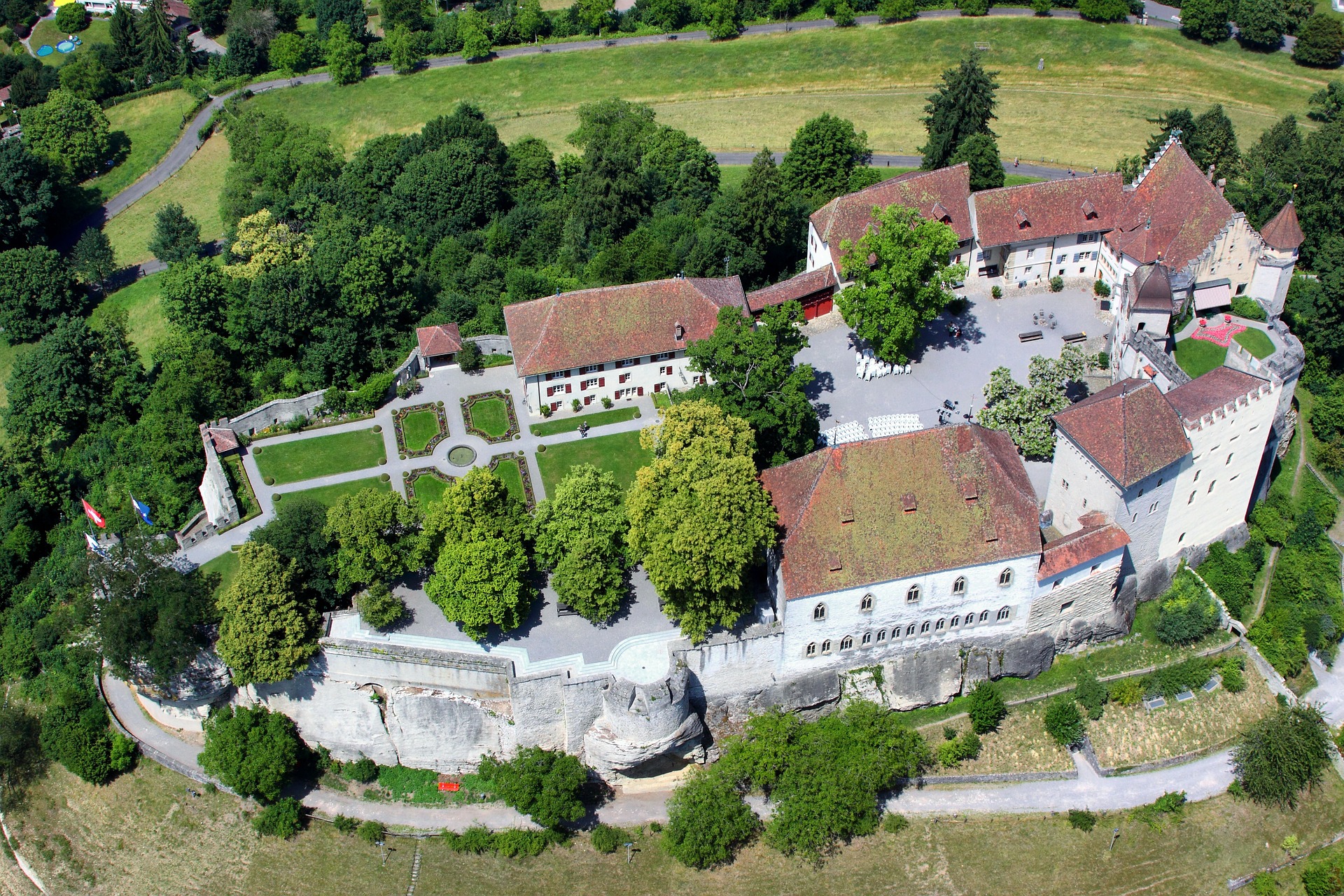Smart Parking in Lenzburg Castle (Switzerland)

No need to go hunting for a parking space any more; be directed to free spaces in the vicinity instead.
In Lenzburg, the approximately 80 parking spaces in the two public car parks near the castle send information about their current occupancy to a central parking management system via the low-power network (LPN) through Worldsensing's smart parking system Fastprk. The pilot project, run by Swisscom, highlights the opportunities offered by the Internet of Things.
Lenzburg Castle is a top destination for excursions. There are often no free spaces in its two car parks, which means that motorists have to drive around looking for a free space to no purpose.
Thanks to a pilot project, every parking space in each of the two car parks now transmits its occupancy status in real time straight to the parking management system, to a website, and, in future, to an app. This makes driving around to find a space unnecessary. All that is required is a low-power network base station and battery-operated radio sensors, which have been embedded in the asphalt at every parking space.
Christian Brenner, Head of Civil Engineering for Lenzburg Municipal Council, explains: “The infrastructure costs of such a parking management system are very low, as there is no need for expensive cabling.”
A cornerstone of the smart city networking such as the one in Lenzburg lays the cornerstone for what are called smart cities. Such smart cities utilise the opportunities offered by digitisation to improve their living space, offer their inhabitants more highly evolved services and become more sustainable. Lenzburg is making this leap – and the parking spaces are just the beginning. The first parking meters have also been connected to the mobile phone network; users simply pay via their smartphones. In the future, collection containers and other objects could be networked. This would mean no more unnecessary rubbish collections, for example; instead, the town could empty them in a selective, efficient manner.
Field testing of the new low-power network
For Swisscom, the project with Lenzburg is only one of numerous field tests for the low-power network, which it developed from the LPN ecosystem in collaboration with its partners Smarcom and Worldsensing.
Gerhard Schedler, Head of M2M at Swisscom Enterprise Customers, says: “The low-power network is ideal for towns and cities: it boasts an enormous range and simple networking of battery-operated sensors.”
The more sensors deployed, the better a town or city can control its resources and the usage of its infrastructure.
Alongside this networking and digitisation, Swisscom also supports towns and cities with their plans to become smart cities. In Pully (Canton of Vaud), it is developing a method of improving infrastructure and traffic planning in collaboration with the municipality. Thanks to the evaluation of anonymised and aggregated mobile network data, traffic flows have been made clearly visible.
About Worldsensing
Worldsensing is a technological company founded by four engineers: Ignasi Vilajosana, Xavier Vilajosana, Jordi Llosa and Mischa Döhler. Created in 2008 in Barcelona, it has offices in Barcelona and London and it has already become a referent within Smart City and IoT sectors, holding projects in 14 countries and counting on a team of 40 highly qualified employees. Worldsensing revolutionises traffic management and the industrial world through solutions based on wireless sensored networks allowing detection and data capture in real time.
On one hand, its Traffic Division holds a unique traffic management portfolio for Smart Cities that includes Bitcarrier, a real-time traffic management solution, and its smart parking system Fastprk, holding the iconic project that transformed Moscow into a smart city (end of 2013) by deploying more than 12,000 parking sensors. On the other hand, its Industrial Division offers wireless monitoring solutions for civil infrastructures by deploying Loadsensing and by launching Spidernano, one of the world’s most advanced seismic acquisition systems.



Comments
There are no comments yet for this item
Join the discussion